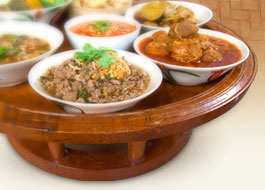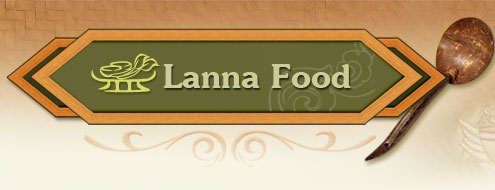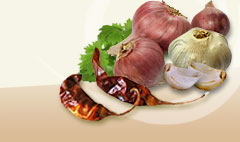Spring onion |
|
|
 | Allium fistulosum Linn. Exlt |
|
| |
 | Alliaceae |
|
| |
 | Green onion, Spring onion, Welsh onion |
|
| |
 | Bai hom (Northern) |
|
| |
 | The Welch onion is characterized by slender green leaves, papery skin, and a crisp texture, spicy white or pink at the base. These onions form little or no bulb. |
|
| |
 |

Beta carotene, calcium, phosphorous (Phak Phuea Sukhaphap, 2007) All parts are used to enhance the flavor and the appearance of food the same way as coriander leaves are used. |

Fresh leaves are crushed and placed on insect bite area to relieve the pain. It can be used to treat the common cold and stuffy nose, reduce cholesterol in the blood, high blood pressure and encourage good flow of blood veins and promote blood circulation (.Phak Phuea Sukhaphap, 2007) |
|
| |
 | All year round |
|
| |
|
|
| |
|
|




